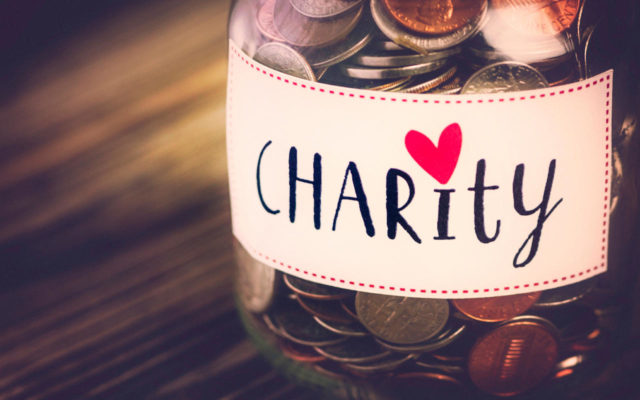Is there a connection between the stock market and elections? Market analysts say there is and point to statistics to back them up this view. Of course, there is no guarantee that just because something has happened in the past it will happen again. Nevertheless, those data shed insight into the way investors think and analyzing this information could prove helpful when trying to predict the future.
This subject has been studied by a variety of experts and investment firms. One of these is the Schwab Presidential Center for Financial Research, which went back to 1928 to research this issue - a period of 92-years. They found that the S&P 500
increased in 17 of the last 23 presidential election years, or 74% of the time; that’s a pretty good batting average by anyone’s standards. Moreover, the average annual return was an impressive 7.1%.
Schwab also studied the market’s performance in other years. The two calendar years following a presidential election have also been good for stocks, although those were not quite as impressive. On average, they generated annual returns of 5.8% and 4.5% respectively. True, these gains are not spectacular. Nevertheless, they should not be dismissed as insignificant.
Historically, the third calendar year following a presidential election is the best of the four-year cycle. The market finished with gains in 82% of those years, and the average gains were a very hefty 13.7%. Investors will certainly want to keep these statistics in mind.
Good Excuses
In four of the six presidential election years when stocks declined, the market ignored the election and focused on other issues. For example, in 1932, the country was in the midst of the Depression and the value of most assets declined. In 1940, the winds of war were blowing furiously and cast a great deal of uncertainty on Wall Street.
In March 2000, another presidential election year when the market dropped, the dot com crash began; this turned into one of the worst market routs in decades. And in the weeks leading up to the election of 2008, the market was rocked by the collapse of Bear Stearns, Lehman Brothers, and other major firms, leading up to a horrific selloff and the onset of the Great Recession.
It’s important to note that researchers who studied this subject using different time frames and who used other market barometers, such as the Dow Jones Industrials or the NASDAQ, had comparable although somewhat different results.
Donkeys and Elephants
Considering that the market has enjoyed very strong gains over the long term, does it really matter whether a Republican or a Democrat is elected? The answer is most definitely “Yes.”
The person elected president decides how much money the government spends and what that money is spent on. He or she will initiate, expand, or abrogate trade agreements, allocate funds for defense and environmental issues, decide what new laws need to be passed, determine tax rates, and many other matters that are important to Wall Street. And the shares of companies and industries impacted by these will respond accordingly. And this year in particular there are major differences on many issues between the two major parties.
Investors wondering which party has been better for the market over the long term may be surprised by the answer: The Democrats win hands down.
Since 1929, the total return of the S&P 500 has averaged 57.4% under Democratic administrations. This return is way above the 16.6% gain recorded when Republicans held the reins of power.
There’s another interesting election-related statistic worth noting. When the S&P 500 rises in the three months before a presidential election, the incumbent party usually wins the White House; when it declines, the incumbent party generally loses.
This statistic has held up every year since 1928 with only three exceptions, which is an amazing 87% success rate. And it has correctly predicted every election since 1980.
Entering The Final Stretch
There are less than three months until Election Day. How will the market perform during this time and in the months afterward?
Predicting the market is always risky, and this year even more so because of the unprecedented circumstances the country and the world have been experiencing.
In just a few months, the US economy went from one expanding rapidly and producing a record number of jobs to one with depression-like conditions and record high unemployment. Entire cities and countries were locked down. Numerous individuals and businesses fell into bankruptcy. The costs of testing and treating the sick has wrecked both local and government budgets and at the same time tax revenues are plunging.
These factors and the consequences that result from them could certainly impact voters’ decisions. And so can all the rage clearly evident by the nightly protests across the country, and the not-as-evident but nevertheless real rage among the throngs of those that are furious at the violence, mayhem, and destruction that is completely out of control.
Until now, most people have been focusing on the spread of the virus, new lockdowns, and continuing economic crises. But in the coming weeks, presidential politics will move into the spotlight and investors will focus their attention on the major candidates and the solutions they propose to resolve these problems.
Hopefully, the statistics presented above will be of interest to investors formulating investment decisions. As always, they should check with their financial advisors and not simply trust the reliability of statistics.
Based on studies investors who purchase quality companies, stick to a long-term strategy and keep a close watch on elections and other important criteria usually do very well over the long term. This has proven to be a winning strategy - regardless of which candidate prevails in the election. Even so, may the best one win!
Sources: ww.cnbc.com; www.schwab.com; www.usbank.com
Gerald Harris is a financial and feature writer. Gerald can be reached at This email address is being protected from spambots. You need JavaScript enabled to view it.











